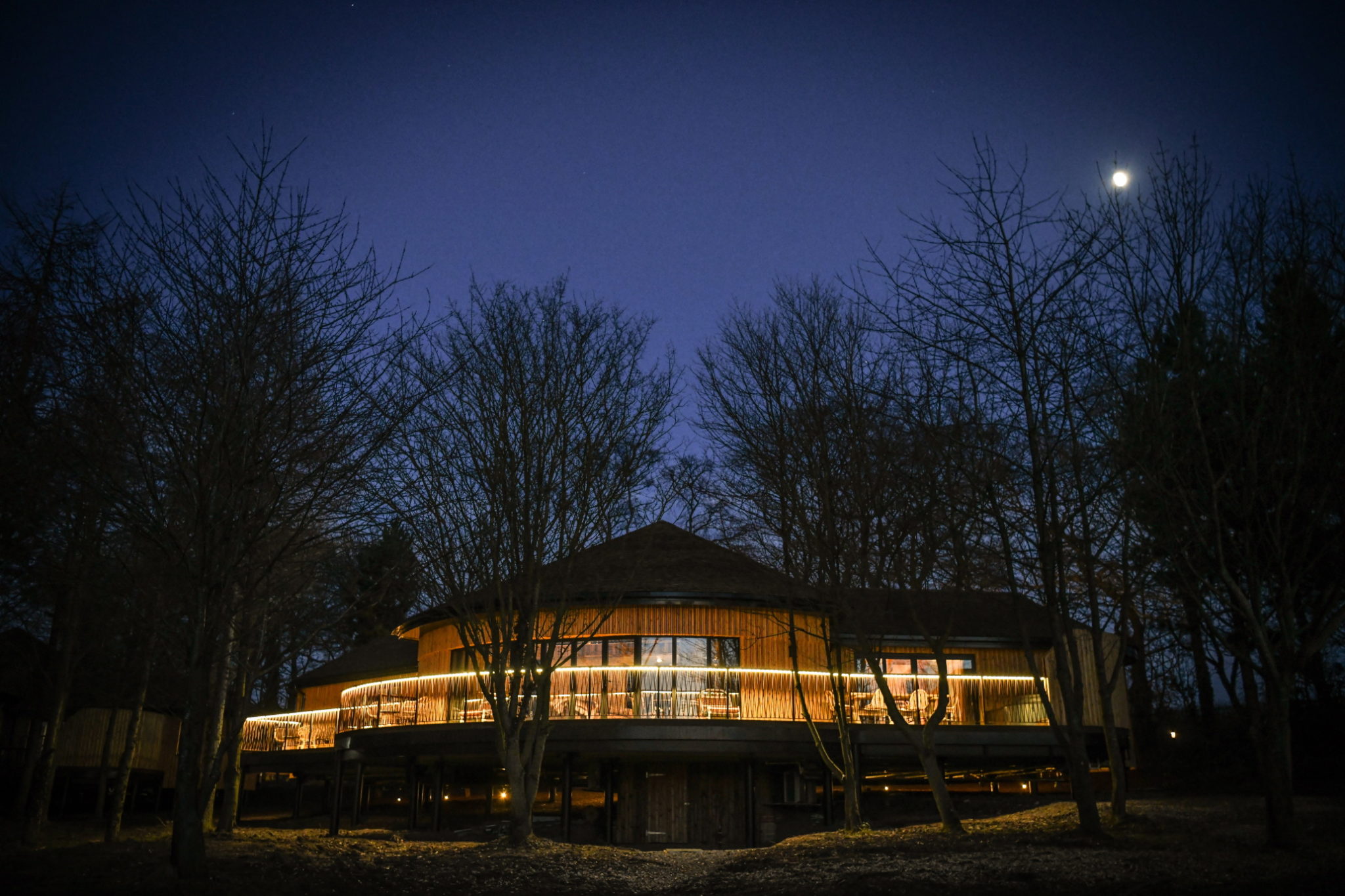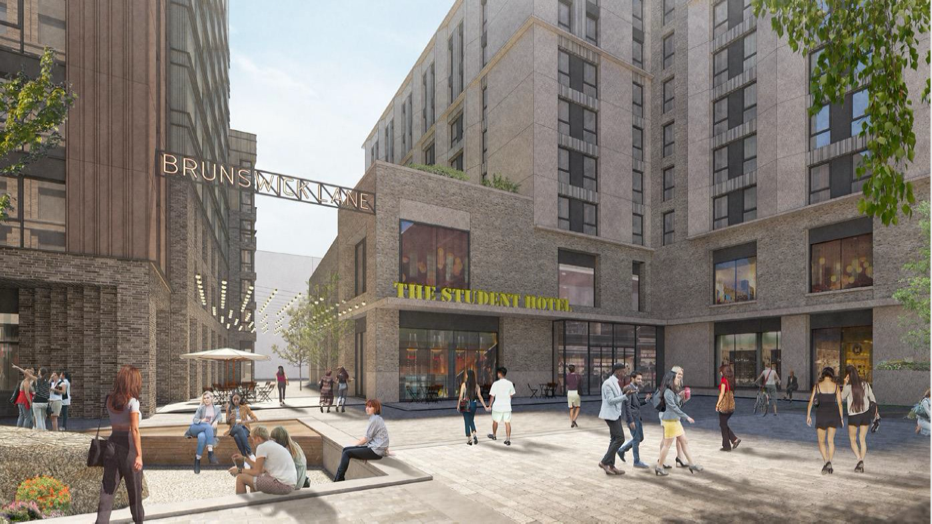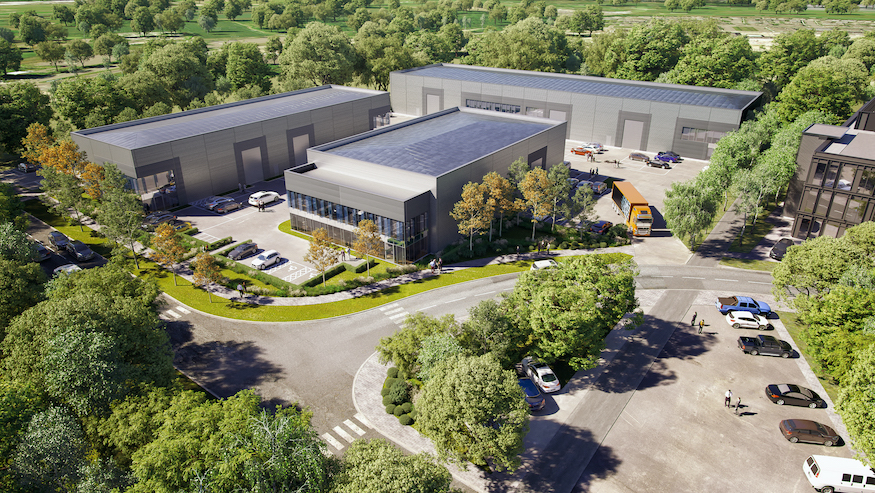The John Hope Gateway has made a visit to the Royal Botanic Garden Edinburgh – and learning about biodiversity and climate change – even more special. It is now even more popular.
The Gateway is far more than an entrance, however stunning. With its exhibitions and a new biodiversity garden, it opens up the world of the Garden to visitors. The building itself – including wind turbine, rainwater harvesting and timber roof – has much to say about climate change and sustainability.
A restaurant, outdoor café, shop, and flexible spaces for events all add to the benefits that the building brings to the Garden.
The horizontal Caithness stone is stacked to glide into the contours of the Garden. The cross laminated timber glulam roof floats over the whole building as a single horizontal plane on pencil-thin steel columns. A series of covered timber bays give an individual identity to open plan spaces below. The curved glass wall looks onto the zigzag beds of the new biodiversity garden.
There is no obvious ‘front’ or ‘back’ to the building – it can be approached from all directions and on different levels – and the boundaries between inside and outside also blur.
The roof is extended to create sheltered spaces. Its deep overhangs provide protection from rain and wind – so you can be outside and watch and smell the garden whatever the weather. There are walls that can be opened in summer, and inside on a cold winter’s day you are constantly aware of the Garden outside.
The ground floor exhibition spaces and shop extend into the surrounding landscape. These are overlooked by the restaurant and offices on the upper floor, which surround a double-storey atrium. This all works to make the most of daylight and natural ventilation.
Perhaps most obvious is the wind turbine mounted on the green sedum roof – but there are also other renewable energy systems, such as a biomass-fuelled boiler, solar collectors for hot water and photovoltaic panels.
Careful orientation, good daylighting, natural ventilation and high insulation levels all contribute to the building’s energy efficiency – and strong and durable materials will guarantee a long life for the Gateway.
Using natural, local materials to construct the Gateway has also reduced its carbon footprint. Timber – Scottish wherever possible – was an obvious choice and is used extensively for both structures and finishes, including the structured veneered lumber of the mullions and transoms of the glazing, the helical stair and major items of furniture. Even the restaurant table tops have been made from trees previously felled in the Garden.
The building design and operation accommodates a number of innovative technologies that have experienced varying levels of operational performance. Consequently, the learning and knowledge has been applied to other projects particularly in relation to ‘active’ interventions e.g. wind turbine, photovoltaics and bio-mass systems.



